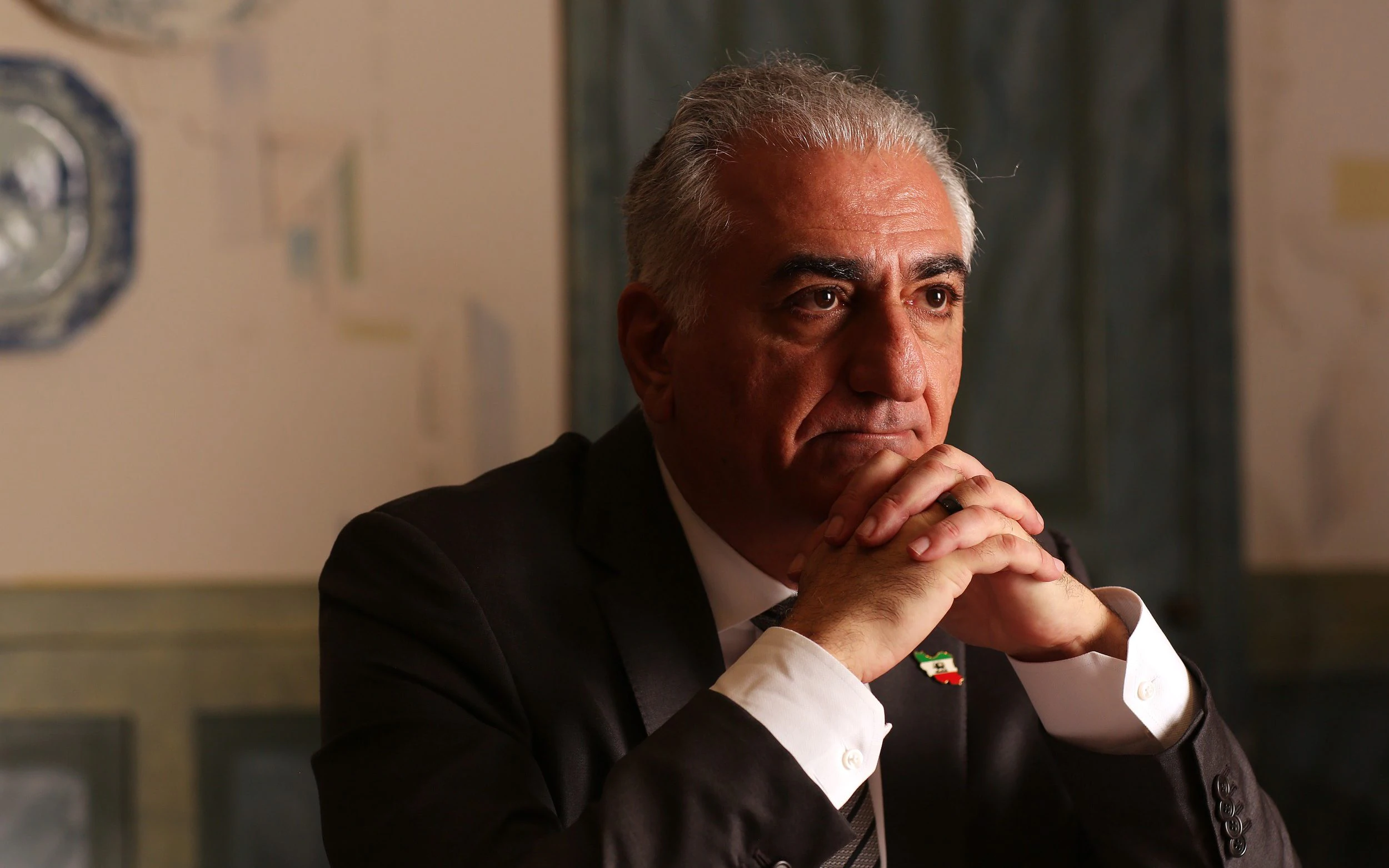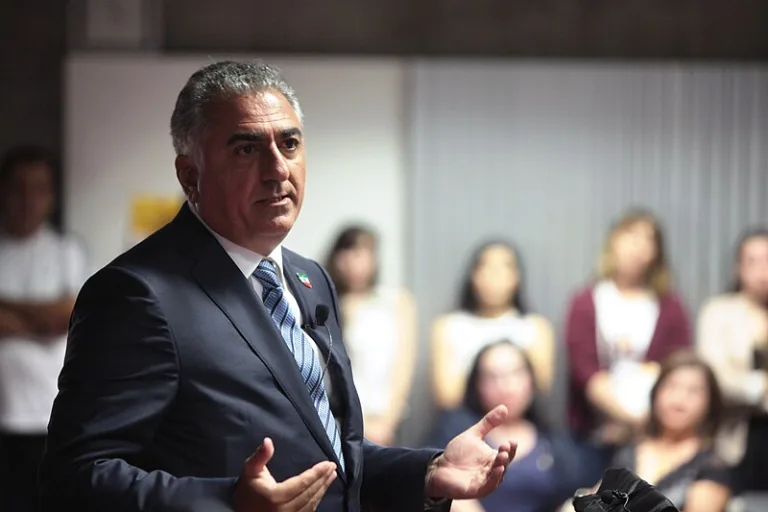Iran and the Reality on Its Ground
The discourse on overthrowing Iran’s Islamic Republic often centers on forming a broad opposition coalition, but this overlooks the complexity of Iran’s political landscape since 1979. Advocating for a nuanced approach rooted in historical analysis and Crown Prince Reza Pahlavi’s visionary leadership, it suggests that past unity against the Shah is flawed and emphasizes Prince Pahlavi’s cohesive vision of democracy and inclusivity. Despite challenges, such as potential regime support for a united opposition, Iranians’ rejection of past chaos underscores their desire for meaningful change. Supporting Prince Pahlavi’s leadership and endorsing a unified vision for Iran’s future are seen as essential steps toward genuine transformation, rather than relying on divisive coalition strategies.
The discourse surrounding the potential overthrow of the Islamic Republic in Iran often centers on the notion of assembling a broad coalition of opposition factions. However, this perspective overlooks the intricate dynamics that have shaped Iran’s political landscape since the 1979 Islamic revolution. This perspective paper aims to challenge the prevailing misconception and advocate for a more nuanced approach based on an analysis of historical precedents, current socio-political realities, and the visionary leadership embodied by Crown Prince Reza Pahlavi.
The belief that replicating the temporary unity witnessed against the late Shah is a viable strategy for overthrowing the Islamic Republic fails to acknowledge the underlying motivations and dynamics of the groups involved. While various factions in 1979 united against the Shah, their alliance was strategic and short-lived, driven primarily by the appeal of Khomeini’s religious rhetoric. This tactical unity ultimately gave way to internal power struggles and the marginalization of dissenting voices post-revolution. Therefore, the assumption that a similar coalition can bring about lasting change in Iran is flawed and impractical.
In contrast to the fragmented opposition approach, the leadership of Crown Prince Reza Pahlavi offers a cohesive and forward-looking vision for Iran’s future. Rooted in democratic principles, inclusivity, and peaceful coexistence with neighboring states, Prince Pahlavi’s vision resonates with a significant portion of the Iranian populace. By emphasizing mutual objectives and transcending political divides, this visionary leadership represents a pivotal shift away from divisive coalition strategies towards a unified movement with a clear direction.
Despite the momentum gained under Prince Pahlavi’s leadership, there are challenges posed by the potential inclusion of groups aligned with the regime’s sentiments. Such inclusion risks diluting the current unity and sowing ambiguity about Iran’s future trajectory. Moreover, there are suspicions that the regime may covertly support the idea of a united opposition front to maintain the status quo. However, the rejection of this tactic by the Iranian populace underscores their desire for meaningful change and a departure from past revolutionary chaos.
Recognizing the evolving sentiment within Iran and the effectiveness of Prince Pahlavi’s leadership is crucial for the international community, particularly Western nations. Instead of promoting divisive coalition-based strategies, a more effective support approach involves aligning with the aspirations of the Iranian people and endorsing the unified vision for a hopeful, inclusive future. Embracing this shift marks a critical step in supporting Iran’s journey towards meaningful political and social transformation.
In conclusion, the misconception surrounding the overthrow of the Islamic Republic in Iran necessitates a reevaluation of opposition strategies and a recognition of the role of visionary leadership in shaping the country’s future. Crown Prince Reza Pahlavi’s inclusive and forward-thinking vision offers a viable alternative to fragmented coalition approaches, presenting a path towards meaningful change that aligns with the aspirations of the Iranian populace. By embracing this shift and acknowledging the evolving landscape of public sentiment, the international community can play a constructive role in supporting Iran’s transition towards a more hopeful and inclusive future.







